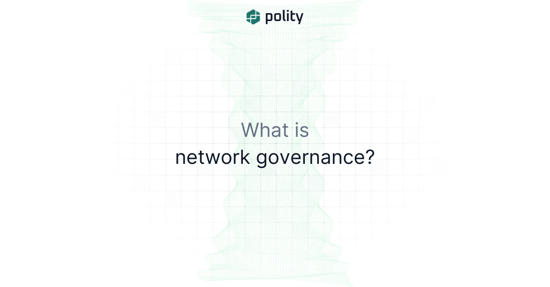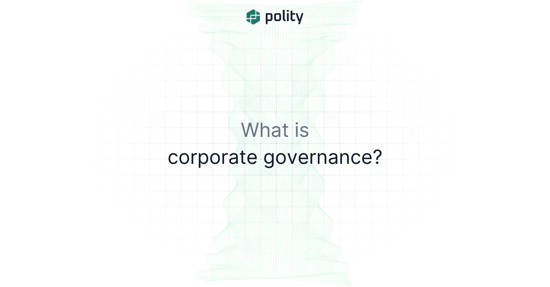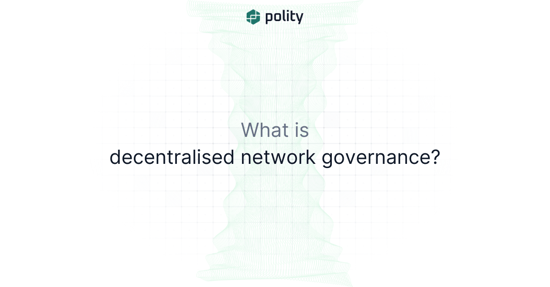Changes observed in the 1990s, driven by technology and the increasing movement of people, capital, and ideas across borders, diminished absolute control of the state.
This led to the re-emergence of governance as an idea distinct from government.
Though governance is typically still associated with the actions of a state, it lacks a settled definition and has a far broader remit.
In this article, we will explore the nature of that remit and understand the far-reaching impact of governance on the modern world.
What is the definition of governance?
Simply put, governance is the process of decision-making and implementation.
Governance is concerned with the stakeholders, formally and informally responsible for implementing decisions and the structures and methods they use to arrive at and implement them.
Therefore, governance applies to several contexts, such as the international, national, and local.
Corporate governance is also a substantial area of application, which we will explore below and in a subsequent article.
What is traditional governance?
Where governing is what a given government does to fulfil these responsibilities, governance executes governing functions.
Governments are responsible for operating and managing a state and its populace.
As such, traditional governance is also strictly hierarchical, similar to how a government is a hierarchical institution.
Since the 1990s, however, governance is no longer considered the sole purview of governments.
The growing role of private enterprise in the global economy and the transformations that technology has delivered to society have diminished the central authority of many governments.
This has resulted in the separation of governance from governments.
How has technology impacted the evolution of governance?
The agricultural revolution led to the rise of institutional hierarchies, and the industrial revolution and subsequent emergence of liberal and republican thought triggered the emergence of the modern market economy.
Now, with the information revolution and the crystallisation of the network organisation as a distinct organisational type, we are living through another period of change.
As such, and per this article, technology profoundly impacts the maturation of organisational forms.
With the state being the ultimate manifestation of the institutional hierarchy, the subsuming influence of the information revolution has yielded the delivery of historically state-delivered services by non-state actors.
These non-state network organisations, defined in this article, require dense and reliable information flows to thrive, undermining traditional hierarchies and institutions.
The observable changes to the fabric of society these information flows delivered saw the separation of governance from government.
Although there is still no universally agreed-upon definition, governance today applies to four broad spheres:
- International cooperation through non-sovereign bodies outside of the state system
- A synonym for public administration
- Corporate governance
- The regulation of behaviour through networks and other non-hierarchical mechanisms
What is governance in international cooperation?
In international cooperation, governance refers to the processes by which stakeholders outside of traditional states manage cooperation.
Traditional international cooperation is typically considered the product of centralised, hierarchical state actors interacting with each other through rigid, formal mechanisms.
The information revolution facilitated new interaction and cooperation outside of these structures.
What is governance in public administration?
Despite the separation from government, governance still applies to how governments interact with their citizens. Governance in the context of public administration, then, is the ability of the state to provide basic public goods and services effectively.
As such, where “governing” is what governments do, “governance” is about establishing, promoting and supporting a specific relationship between all actors in the governing process.
What is corporate governance?
Where traditional governance focuses on society, corporate governance primarily refers to the direction and control of companies.
Corporations, as with all organisations, are driven by relationships. Corporate governance is concerned with maintaining these relationships and balancing stakeholder interests. If done correctly, overall company performance is improved.
The issue, however, with corporate governance is that minority shareholders tend to wield outsized influence over decision-making.
We will explore why this is the case in the following article.
What is network governance?
Network governance is generally understood as “governing with and through networks”. It differs significantly from other modes of governance, such as markets and hierarchies and relies “on social controls, rather than bureaucratic structures and/or formal contractual relationships”.
Network governance is perhaps the most dynamic area of governance today.
The actors that govern networks may operate without a clearly defined set of constitutional rules.
As such, these actors are not bound by the vertical relationships of hierarchy but by mutual trust and understanding of common problems.
Decentralised network governance of DAOs is the next step of the organisational evolution, combining DLT technology, network governance principles and social network theory.
We shall explore network governance and decentralised network governance in the coming articles.
Join Polity Network in evolving governance
At Polity Network, we understand how the rise of network organisations continues to challenge traditional notions of governance.
We also appreciate the need for continuous exploration and adaptation in this field.
That is why we are building the Polity pDAO as a network-native decentralised organisation and designing our governance frameworks.
We will share more about the Polity pDAO soon.
To learn more about the Polity pDAO, visit our website and subscribe to this publication.
References
1. Escap, Un. "What is good governance?" (2009).
2. Bell, Stephen, and Andrew Hindmoor. Rethinking governance: The centrality of the state in modern society. Cambridge University Press, 2009.
3. Wriston, Walter, and Henry Grunwald. "The twilight of sovereignty." RSA Journal 140, no. 5432 (1992): 567.
4. Fukuyama, Francis. "Governance: What do we know, and how do we know it?" Annual Review of Political Science 19 (2016): 89-105.
5. Howlett, Michael, and Mishra Ramesh. "The two orders of governance failure: Design mismatches and policy capacity issues in modern governance." Policy and Society 33, no. 4 (2014): 317-327.
6. “Why Corporate Governance?” ifc.org, September 2018. https://www.ifc.org/wps/wcm/connect/topics_ext_content/ifc_external_corporate_site/ifc+cg/why+corporate+governance.
7. Lin, Yu-Hsin. "Controlling controlling-minority shareholders: corporate governance and leveraged corporate control." Colum. Bus. L. Rev. (2017): 453.
8. Rhodes, R. A.,1997. Understanding governance: policy networks, governance, reflexivity and accountability. Philadelphia: Open University Press.
9. Hooker R. Wasko C., Worrell J, Yoon T. “Network Governance in the E-Lance Economy” AMCIS 2007 Proceedings. https://core.ac.uk/download/pdf/301340184.pdf
10. Hajer, Maarten, and Wytske Versteeg. "Performing governance through networks." European Political Science 4 (2005): 340-347.
11. Zwitter A and Hazenberg J. “Decentralized Network Governance:Blockchain Technology and the Future of Regulation”. Data Research Centre, Faculty Campus Fryslân, University of Groningen. https://www.frontiersin.org/articles/10.3389/fbloc.2020.00012/full

.png)



